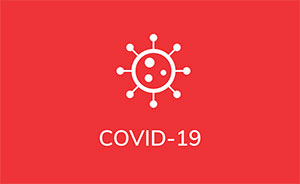We have a newly authorized anti-COVID-19 neutralizing monoclonal antibody (CmAb) called bebtelovimab, which was developed by Eli Lilly to help us as a powerful weapon in early treatment. It comes just in time.
The Emergency Use Authorization (EUA) for bebtelovimab is for treating mild to moderate COVID-19 in adults with a positive COVID-19 test who are at high risk for progression to severe COVID-19. That would be us and many others, as the definition of high risk is very broad.
It is given IV over only 30 seconds.
It is not approved for pre-exposure prophylaxis (PrEP), and it is not restricted to use in the immunocompromised, as EVUSHELD is.
The EUA and distribution can’t come quick enough, as bebtelovimab may be the only CmAB authorized for treatment that is still expected to be active against the emerging Omicron sub-variants. Sotrovimab’s activity is excellent against the primary Omicron strain present in the US but may be less active against the new subvariants.
As is the case with the other CmAbs, the government will control its distribution. There have been 600,000 doses purchased with the option to buy half a million more.
Fortunately, EVUSHELD retains its activity for pre-exposure prophylaxis.
Here is the original FDA News Release.
Here is the Feb. 11, 2022 official EUA for bebtelovimab.
Here is the concerning prepublication: Antibody Evasion Properties of SARS-CoV-2 Omicron Sublineages where it states: “Presently, no authorized therapeutic monoclonal antibody could adequately treat all sublineages of the Omicron variant.” That is no longer true with the EUA of bebtelovimab.
The virus is constantly evolving. We are racing to stay ahead of it. There will be more on that in a future post.
Stay strong. Stay safe.
We are all in this together.
Brian Koffman, MDCM (retired) MS Ed (he, him, his)
Co-Founder, Executive VP, and Chief Medical Officer
CLL Society, Inc.



